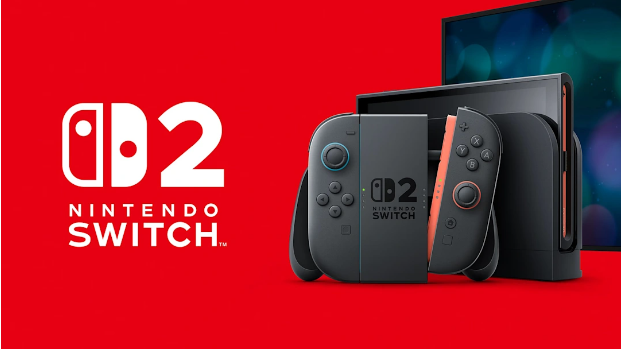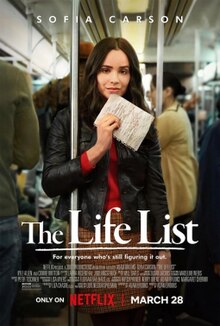Growing up, I had a certain fondness for chick flicks, movies targeted towards women that feature mainly female protagonists and themes of romance. I would drop whatever I was doing and plant myself in front of the TV whenever 13 Going On 30, Sixteen Candles, or Legally Blonde was playing. To me, these movies were essential to my girlhood, and their influences are still prevalent on me today (I am admittedly a fanatic for the color pink). However, there exists a whole discourse on the content and impact of chick flicks. How come there is so much negativity towards these films? And how can these girly-centric movies survive in today’s climate?
Despite their initial popularity, which peaked from the 80’s to the early 2000’s, chick flicks have run into some controversy as of late. Notably, they have been criticized for their lack of diversity, sexist values, and lack of substance. Many films within the genre feature mainly white, hetero-normative, cis-gender characters, with there being a significant lack of POC and LGBTQ+ representation. A lot of the themes present in these films, which focus on romance and finding the “perfect guy”, force women into a stereotypical “boy crazy” role where their lives revolve around finding a man, reducing them into flat, one-dimensional characters. The final critique is that many chick flick films lack any real substance or value. A lot of the plot points and story lines revolve around materialistic or secular things, such as improving your looks for a guy (She’s All That, 1999) or exacting revenge on one another (Mean Girls, 2004). Very little content focuses on difficult topics or pressing social issues.
With all these judgments, it’s difficult to find the merit within chick flicks. Why should people care about media that is essentially “brain candy”? Well, it’s all about perspective. Media is produced by men, for men a majority of the time. The most well-known directors within Hollywood are white men, and only 15% were women in recent reports. And when media is directed towards a primarily female audience, reviewers and critics are much harsher. In a culture dominated by males and the patriarchy, having media focusing on and even celebrating female lives is very much against the norm and is despised for this very reason. Chick flicks themselves may not be bad per se, but the culture that consumes chick flicks resents them. And in a man’s world, chick flicks are the much-needed refuge for girls and women alike to see themselves in movies and find some comfort.
In regards to the criticisms, there is a lot of room for improvement in terms of the equality and diversity in chick flicks. The homophobia, fatphobia, racism, etc. present were byproducts of the ignorant and uninformed culture in the time most of these films were made, where “heroin chic” was a thing and being gay meant “flamboyance”. Today, most of these tropes would not be received well, and society is more accepting of diverse perspectives and peoples. As a result of this acceptance, we have movies with POC (“To All The Boys I’ve Loved Before”, 2018) and queer (“Carol”, 2015) leads. As for the sexist values, the flood of female directors and filmmakers into the industry have confronted these ideas imposed onto women. Directors such as Greta Gerwig (“Barbie”, 2023) and Sofia Coppola (“Priscilla”, 2023) have made strides in creating authentic representations of girlhood in their own films. Lastly, the lack of substance argument falls apart when you consider the subject matter of a few of these films; The Devil Wears Prada deals with a woman establishing herself within the career of her choice, and The Sisterhood of the Traveling Pants series discusses various issues teenage girls face.
While the history of chick flicks has been a rocky one, I feel confident that the future of these films is a bright one. With a continually changing world and entertainment industry, I think that the media we direct towards women can also adjust and reflect this generation’s cacophony of diverse voices.



